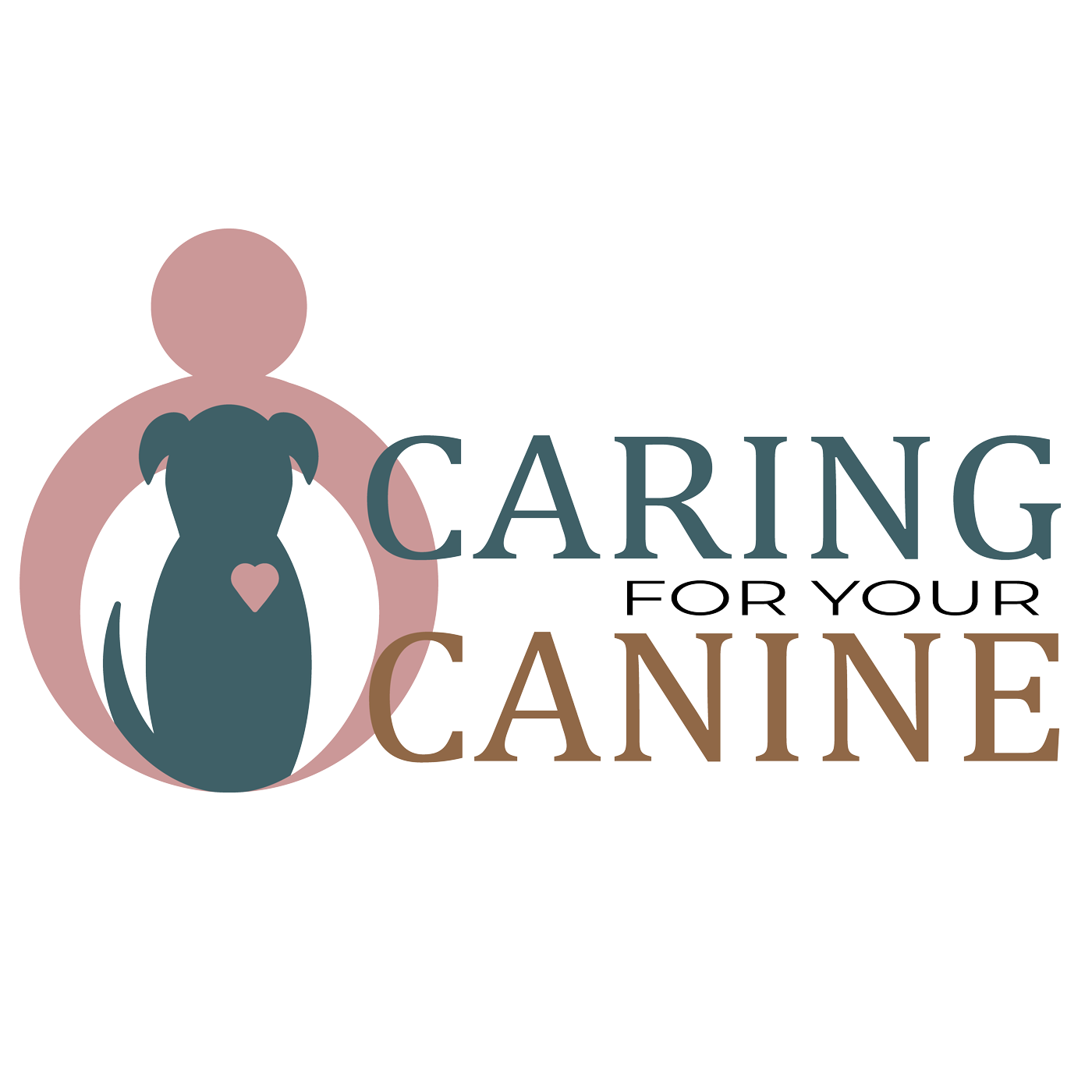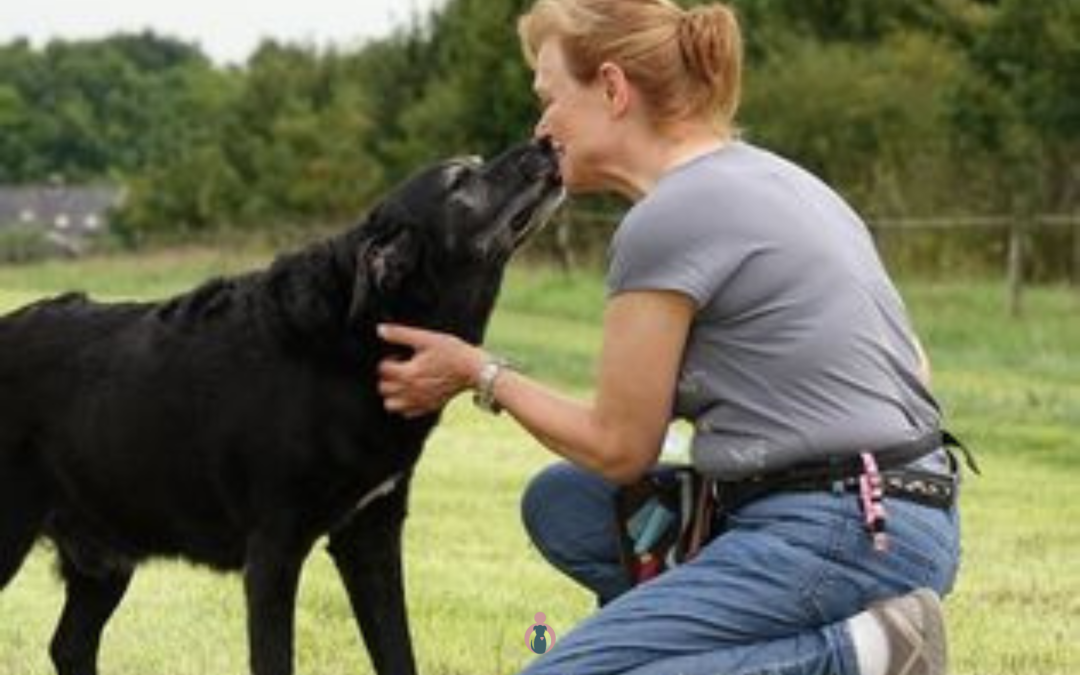It’s that time of year again: December, with all the festivities—and the fireworks and loud bangs that come with it (here in The Netherlands at least). For many dogs, this is unfortunately not a time of celebration but a period filled with fear and anxiety. A question I often get around this time is: “Can you comfort a scared dog, or will it make things worse?” The short answer is: yes, absolutely do comfort your dog!
Fear is an emotion, not a choice
There was a time when we were told not to “reward” fear by petting or reassuring our dogs. Thankfully, we now know better. Fear is not a conscious choice or action that can be reinforced, as behavior sometimes can be when rewarded. Fear is an emotion. And emotions cannot be “reinforced” by kindness—on the contrary, you can actually help regulate that emotion.
Fear triggers the nervous system, causing stress hormones like cortisol to be released. These hormones put the body into the so-called “fight, flight, or freeze” mode. A dog might respond by hiding, barking, trembling, panting, or freezing and shutting down. By comforting your dog, you can help soften this stress response. Your dog feels safer and more supported, which helps their cortisol levels drop faster.
Imagine you’re afraid of spiders and have to walk through a dark hallway full of cobwebs. If someone next to you says, “Come on, stop being silly, they’re just tiny critters,” would that make you feel better? Probably not. But if someone says, “I see that you’re scared; stay close to me, I’ll help you through it. We’re safe,” you’d feel heard and supported. That’s exactly what you can mean for your dog.
Co-regulation: you as the anchor
Dogs and humans share a special emotional connection. There’s a social phenomenon called co-regulation, where your calmness and support can positively influence your dog’s emotions. Our brains have mirror neurons that “mirror” the emotions of others. This helps us feel empathy and understand the emotions of others, even feel them. Dogs likely have mirror neurons as well, allowing them to sense our calmness (or stress).
How can you have a calming effect on your dog? Here are a few tips:
- Regulate your breathing: If you notice you’re tense, focus on deep, calm breaths. Your relaxed posture can help your dog become calmer too.
- Stay physically present: Gentle touches, like softly stroking the chest or back, can have a soothing effect. Experiment with what your dog likes. Some dogs enjoy gentle petting, while others prefer a firmer touch. Try it out!
- Use a calm tone: Speak softly to your dog. Phrases like “I’m here, you’re safe” can be reassuring, especially when spoken in a gentle voice.
By supporting your dog in this way, you become an anchor during their stressful moments.
Practical tips to support your dog
There are many ways to help your dog during stressful moments like fireworks. Here are some practical tips:
- Offer contact: Does your dog want to sit close to you or lean against you? Please let them. For a dog who likes this it gives a sense of safety and security.
- Find a quiet spot: Create a safe, calm space where your dog can retreat, such as a dark room with thick curtains and a comfortable bed or blanket. A crate covered with blankets can also work as a safe “den.” If your dog wants to lie in the bathroom or toilet, that’s fine too. It’s about what feels safe to them.
- Use background noise: Mask outside noises with white noise, classical music, or a specially curated fireworks playlist, such as those available on Spotify.
- Try calming aids: Consider products like a Thundershirt (a snug body wrap that applies calming pressure) or pheromone sprays/diffusers. These can offer subtle support.
- Ear protection: There are special ear protectors for dogs that muffle sounds. They come in the form of headphones or “snoods” that go over the head. Both can work well, but make sure to get the right size and introduce your dog to this new “clothing” gradually.
- Encourage chewing and sniffing: Many dogs find chewing relaxing. You can spread something tasty like wet food, unsalted peanut butter, or cream cheese on a lick mat. Another option is a “fireworks box”: a large box filled with crumpled paper, egg cartons, or small boxes with treats hidden inside. This gives your dog something to do and stimulates their natural sniffing behavior, helping them release tension.
- Consider natural supplements: There are supplements based on valerian, L-theanine, or tryptophan that help some dogs relax. Always consult your veterinarian before trying supplements.
The importance of support
Research has shown that dogs benefit from support from their owners during stressful moments. Fireworks anxiety doesn’t disappear overnight, but your dog will feel safer if you show them that you’re there for them.
Remember: comforting your dog does not “reinforce” their fear. On the contrary, by reassuring them, you teach them that they can rely on you during difficult situations.
Fear training: a plan for next year
While this blog focuses on things you can do to mitigate the fear short term, it’s good to know that fireworks anxiety can often be reduced with training. Consider starting with desensitization and counter-conditioning in the new year. This requires time and consistency but can make a big difference in the long term. Discuss this with a behavior specialist or trainer if needed. It may seem excessive, but it’s best to start very early. Especially if your dog already has a history of ingrained fear, changing that fear takes a lot of time. Starting a training program as early as February is advisable. Seek advice from a behavior specialist; a good one will welcome you with open arms if you bring this up in spring.
Comforting your dog is good
If your heart tells you to comfort your dog, then do it. You’re not just their owner but also their support system. By being there for them, you strengthen the bond between you and help them get through this difficult time.
I wish you a calm, cozy New Year’s Eve and a wonderful 2025!


 Want to receive 5 tips for your senior dog in advance?
Want to receive 5 tips for your senior dog in advance?